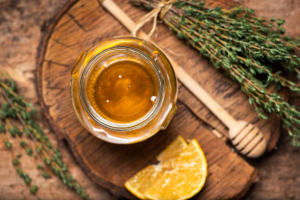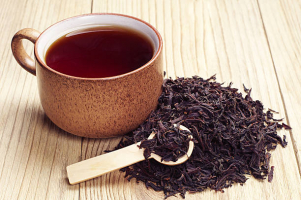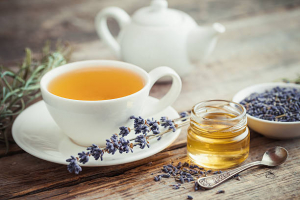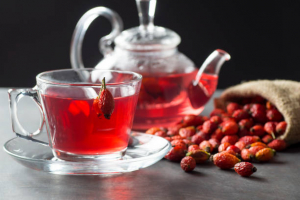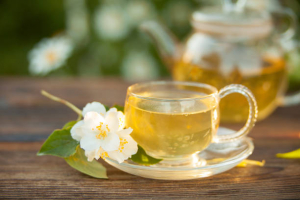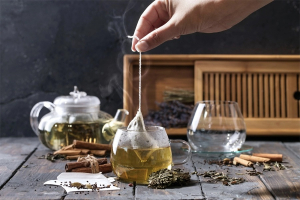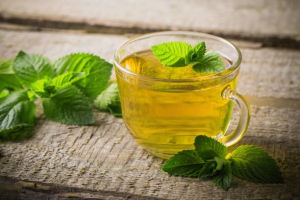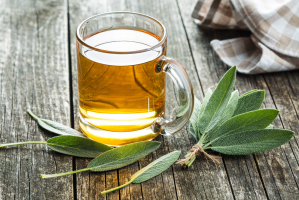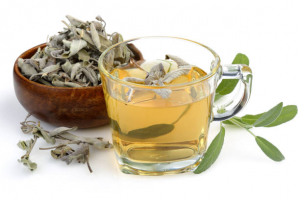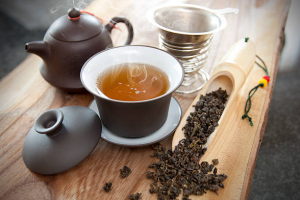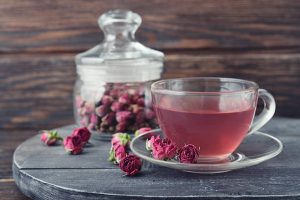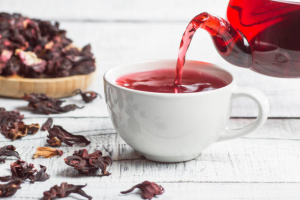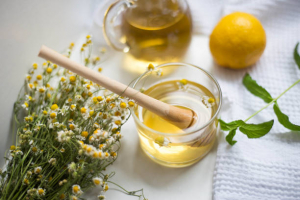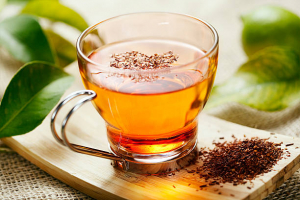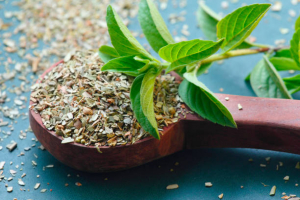Top 6 Health Benefits of Linden Tea
For hundreds of years, linden tea has been prized for its strong calming effects. Linden tea has been used in traditional medicine throughout history to treat ... read more...a variety of conditions, including high blood pressure, anxiety, and digestive upset. This herbal infusion is made by boiling and steeping flowers, leaves, and bark. These parts have each been employed separately for various medical applications. Here are the best health benefits of linden tea.
-
Even just sitting down to drink a warm cup of tea may be a calming habit. But linden tea goes beyond the familiarity of a cup of tea every day. Folk medicine has relied on its steeped sweet petals to induce calm and lessen anxiety symptoms, and some research appears to back up these claims.
One mouse investigation revealed that extracts from the buds of the linden tree species Tilia tomentosa exhibited potent sedative effects. Researchers came to the conclusion that this linden extract replicated the effects of GABA-aminobutyric acid (GABA), a brain molecule that reduces nervous system excitability. As a result, linden tea may aid in relaxing by mimicking GABA. However, further study is required to determine the precise mechanism at play.
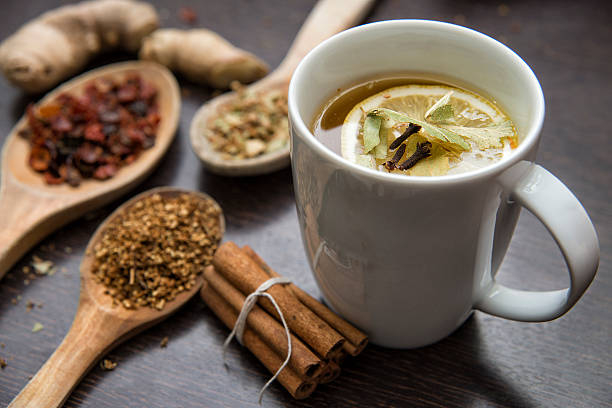
May promote relaxation 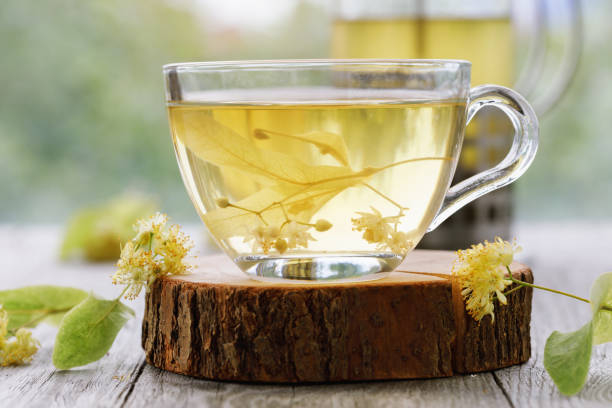
May promote relaxation -
Type 2 diabetes, cancer, and other diseases can all be facilitated by chronic inflammation. Antioxidants are substances that aid in the battle against inflammation, perhaps reducing your risk of illness. Tilia flowers contain antioxidants called flavonoids, but linden buds only contain tiliroside, quercetin, and kaempferol.
Strong antioxidant tiliroside works by scavenging free radicals in your body. Oxidative damage from free radicals can result in inflammation. Inflammation may also be reduced by kaempferol. Additionally, some research indicates that it could have cancer-fighting qualities. More investigation is required to understand how much linden tea you would need to consume in order to decrease inflammation because the concentration of these antioxidants may differ by brand and tea mix.
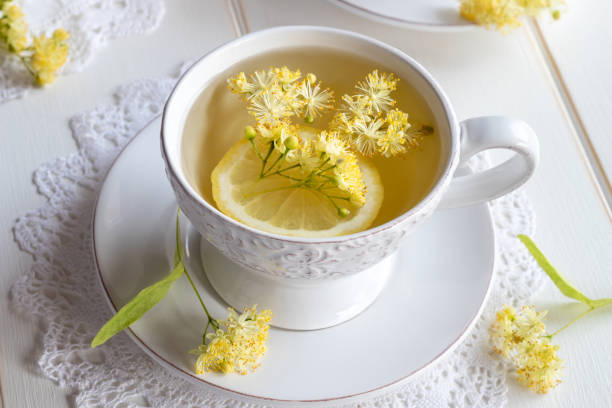
May help fight inflammation 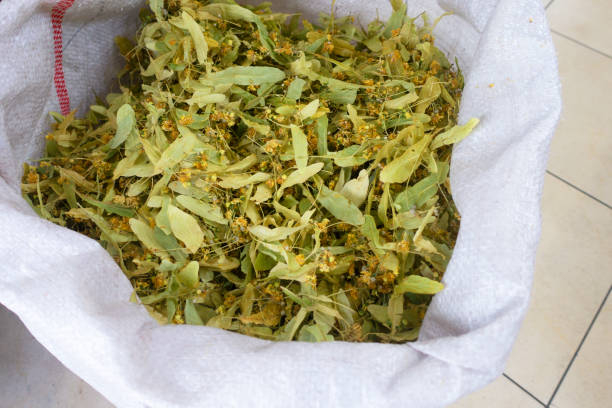
May help fight inflammation -
Around the world, millions of individuals suffer from chronic pain. 20% of American people in 2016 reported having it. It's interesting to note that some of the antioxidants in linden tea may reduce pain. According to one study, treating mice with swollen paws with 45.5 mg of tiliroside per pound (100 mg per kg) of body weight decreased swelling and discomfort by about 27% and 31%, respectively. Another 8-week trial in 50 rheumatoid arthritis patients revealed that supplementing with 500 mg of quercetin, an antioxidant contained in linden tea, dramatically reduced pain feelings and signs of inflammation. Rheumatoid arthritis is characterized by painful and stiff joints.
Bear in mind, though, that 500 mg of quercetin is a lot. The typical daily intake of this antioxidant for adults in the United States is 10 mg, although this amount varies widely depending on your diet—and consumption of 80 mg daily is thought to be excessive. Depending on the brand and the ratios of buds, leaves, and bark in a specific mix, linden tea contains varying amounts of quercetin or other flavonoids. It is therefore hard to estimate how much of these antioxidants you may consume in a single cup of tea. How much of this beverage is required to relieve pain will need to be the subject of further study.
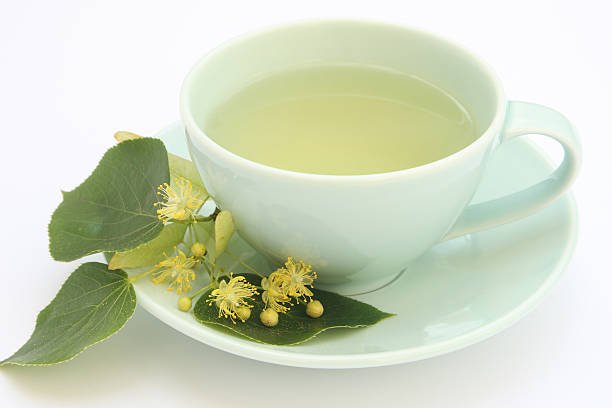
May reduce mild pain 
May reduce mild pain -
The diuretic and diaphoretic properties of the inner bark of the Tilia tree have been reported. In contrast to a diaphoretic, which is used to reduce fever by causing sweating, a diuretic is a medication that promotes your body to expel more fluid. When a small disease like a cold set in, linden tea has been used in traditional medicine to encourage sweating and productive coughing. The use of 1-2 cups (235-470 ml) of linden tea as a sweat-inducing infusion in adults and children over the age of 12 is permitted in Germany.
The combination of its plant constituents, notably quercetin, kaempferol, and p-coumaric acid, may be to blame for these effects. The scientific proof of linden tea's chemical characteristics and diuretic effects is still lacking. Despite dating back to the Middle Ages, the majority of the information that is now accessible on this association is anecdotal. This supposed health advantage thus calls for more research.
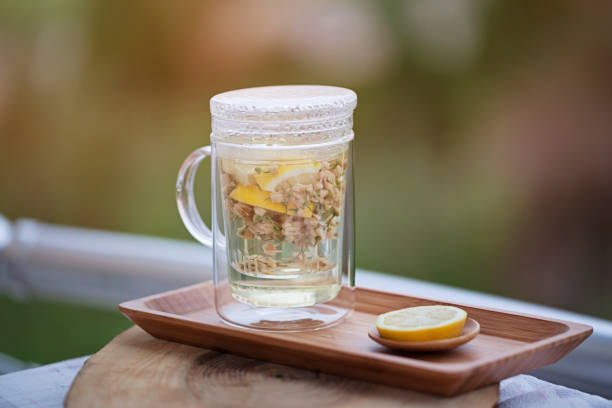
May have diuretic effects 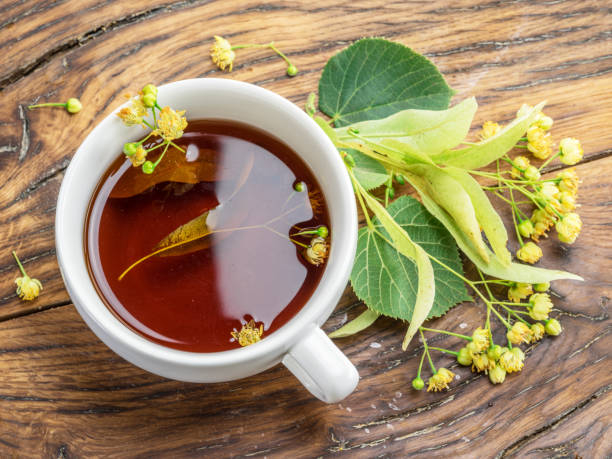
May have diuretic effects -
Tiliroside, rutoside, and chlorogenic acid are a few of the plant substances found in linden tea that is considered to reduce blood pressure. Tiliroside, an antioxidant contained in linden tea, was discovered to have an impact on calcium channels in the heart in rat research. The muscle contractions of your heart are influenced by calcium.
The antioxidant was given to mice at levels of 0.45, 2.3, and 4.5 mg per pound of body weight. Systolic blood pressure, which is the highest value in reading, is reduced as a result. This may provide light on the usage of linden tea in traditional medicine to lower blood pressure. But further scientific research is needed to completely understand its impact. Never substitute linden tea with cardiac medicines.
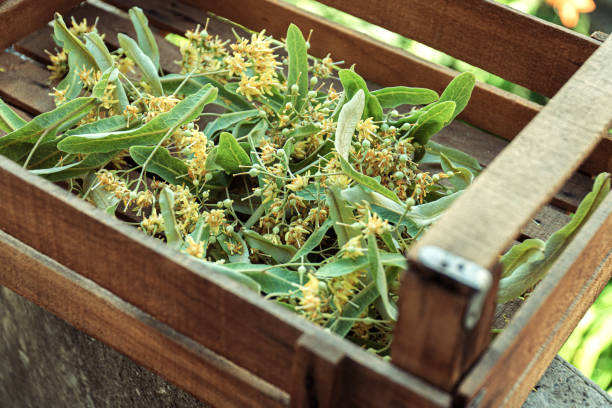
Lower blood pressure 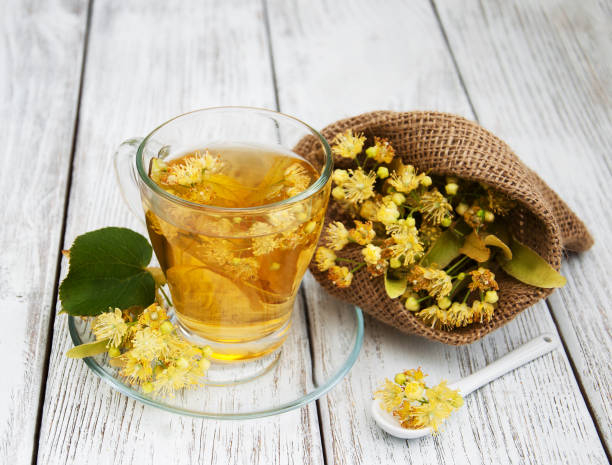
Lower blood pressure -
Your health is greatly impacted by the quantity and quality of your sleep. Folk medicine frequently uses linden tea to aid with sleep. Strong sedative qualities found in its plant components may promote relaxation and sleep. One mouse investigation revealed that Mexican Tilia tree extracts induced drowsiness. The extract, according to researchers, is thought to have caused sleepiness by depressing the central nervous system.
Linden tea provides mild heat and hydration, much like any other hot tea. Both relieve digestive discomfort because water aids in the passage of food through the intestines. When experiencing stomach pain, traditional medicine recommends drinking linden tea. In one short trial, tiliroside showed strong antibacterial activity in children with antibiotic-resistant diarrhea. Although this antioxidant was obtained from a different flower, linden tea also contains it.
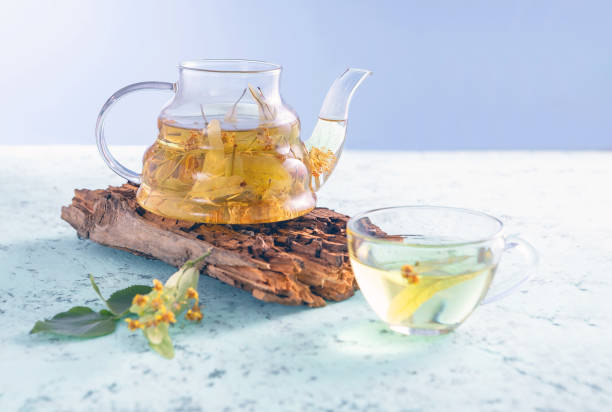
May help you sleep 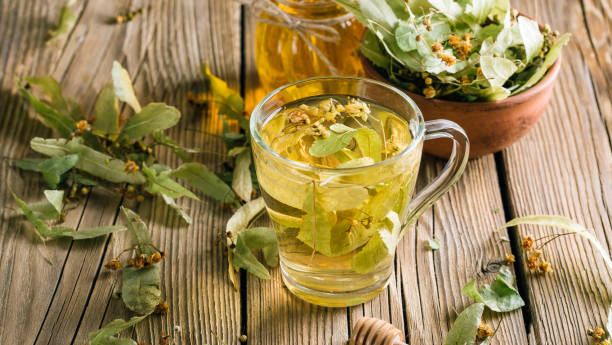
May help you sleep








